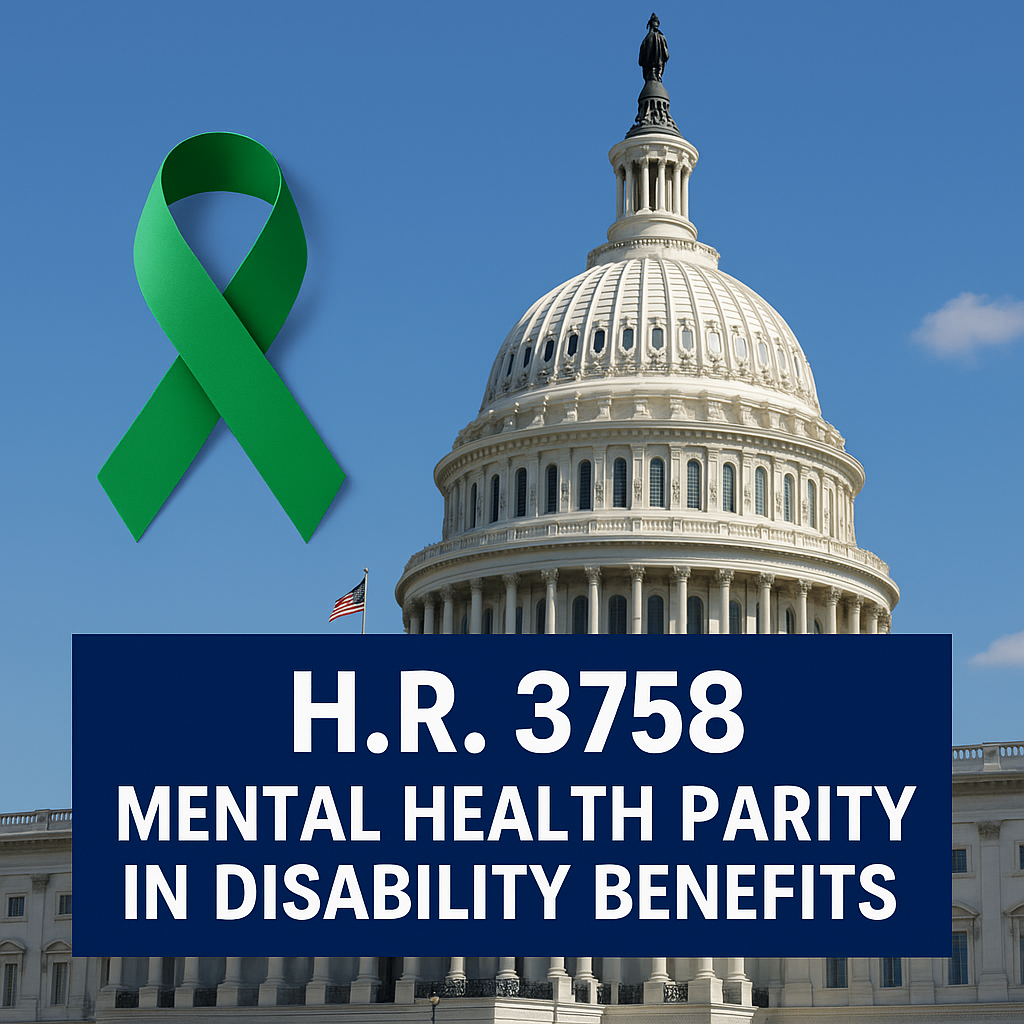A recent ruling from a federal court in Texas illustrates the difference between an ERISA welfare benefit and a payroll practice.
While the former is subject to federal law, disputes arising in relation to payroll practices belong in state court. In Monkhouse v. Stanley Associates, Inc. Short Term Disability Income Plan, 2010 U.S.Dist.LEXIS 40555 (S.D.Tex. April 26, 2010), the plaintiff, George Monkhouse, sought short-term disability benefits from his employer, Stanley Associates, Inc. When benefits were denied, Monkhouse brought an action against his employer in state court; however, Stanley removed the case to federal court alleging that ERISA preempted his claim.
Monkhouse then moved to remand, contending the short-term disability plan was not an “employee welfare benefit plan” covered by ERISA (29 U.S.C. §1002(1)), but was instead a payroll practice exempt from ERISA under regulations issued by the Department of Labor, 29 C.F.R. § 2510.3-1(b)(2). The court agreed with the plaintiff and remanded.
The court acknowledged that if the claim arose under an employee welfare benefit plan, it would be completely preempted by federal law and thus removable to federal court. However, the court found the short-term disability plan was a “payroll practice” which the regulation defines as:
Payment of an employee’s normal compensation, out of the employer’s general assets, on account of periods of time during which the employee is physically or mentally unable to perform his or her duties, or is otherwise absent for medical reasons.
29 C.F.R. § 2510.3-1(b)(2). The court cited Bassiri v. Xerox Corp., 463 F.3d 927, 929 (9th Cir. 2006), which found that while Xerox’s disability benefit plan resembled an ERISA-governed welfare benefit plan, because it fit within the payroll practice regulation, it was exempt from ERISA. The court also pointed to Stern v. IBM Corp., 326 F.3d 1367, 1373 (11th Cir. 2003) (stating that the issue was “when a program would clearly qualify as an ERISA plan but for its specific exemption by a reasonably justified regulation”) and McMahon v. Digital Equip. Corp., 162 F.3d 28, 36 (1st Cir. 1998) (“[N]ot all plans that fall within the literal definition in § 1002(1) are included within the scope of ERISA. Regulations promulgated by the Secretary of Labor provide that the term ’employee welfare benefit plan’ excludes certain enumerated ‘payroll practices …”). The court also flatly rejected the defendant’s argument that the payroll practice regulation conflicted with the ERISA statute, pointing to Chevron USA, Inc. v. Natural Resources Defense Counsel, Inc., 104 S. Ct. 2778 (1984). Chevron would require deference to the agency’s position unless it conflicted with “the unambiguously expressed intent of Congress.” Id. at 2781-82. The court found there was no unambiguous Congressional intent for ERISA to encompass self-funded short-term disability plans.
Examining the STD program as against the payroll practice regulation, the court found the STD plan fell squarely within the payroll practice regulation since it paid “normal compensation,” albeit at less than full salary, and because the funds were paid out of the employer’s general assets and were paid “on account of periods of time during which the employee is physically or mentally unable to perform his or her duties.” The court was unpersuaded that the short-term disability benefit plan had been held out and treated as an ERISA plan, citing Stern v. IBM for the proposition that even if the plan were held out to be an ERISA plan and the employer filed Form 5500 with the Department of Labor and the Internal Revenue Service identifying the plan as ERISA-governed, “mere labeling of the plan should not determine whether ERISA applies.” The court also pointed out that CIGNA, the plan’s third-party administrator, labeled the plan as “non-ERISA.”
There is a tremendous irony in this ruling. ERISA was enacted for the protection of plan participants (29 U.S.C. §1001(b)), yet as this case illustrates, the plaintiff fought to avoid the application of that statute. The reason is illustrated by a memo unearthed in discovery in litigation against Unum, the nation’s largest disability insurer, which recounted the “enormous” benefits of ERISA’s applicability in litigation over disability benefit denials: “State law is preempted by federal law, there are no jury trials, there are no compensatory or punitive damages, relief is usually limited to the amount of benefit in question, and claims administrators may receive a deferential standard of review.” Memorandum from Jeff McCall to IDC Management Group & Glenn Felton, Provident Internal Memorandum, Re: ERISA (Oct. 2, 1995) (cited in Langbein, “Trust Law as Regulatory Law: The Unum/Provident Scandal and Judicial Review of Benefit Denials Under ERISA,” 101 Nw.U.L.Rev. 1315 (2007)). As McCall’s memo illustrates, no insurer or party to a commercial contract enjoys the same advantages as those enjoyed by an insurer operating within the scope of ERISA, particularly if the policy contains language granting the insurer discretion to interpret the policy or determine claims.
The Supreme Court created this regime after finding, in Firestone Tire & Rubber Co. v. Bruch, 489 U.S. 101 (1989), that ERISA plans are analogous to trusts, despite the fact that insurance policies are contracts, subject to construction under a body of law quite different from trust law. Recognizing that when an employer funds a sickness (or short-term disability) plan out of general assets, the neutrality usually associated with trusts and trustees is absent, the Department of Labor wisely promulgated the payroll practices regulation. As pointed out in this ruling, if ERISA applied, there would be no basis for resisting removal even though ERISA provides for concurrent state court jurisdiction of claims challenging the denial of benefits under plans governed by the federal statute.
Particularly since short-term disability benefit claims are generally of small value, keeping a case such as this out of federal court seems a good idea in order to avoid even more clogging of an already full docket in the federal courts.
This article was initially published in the Chicago Daily Law Bulletin.






